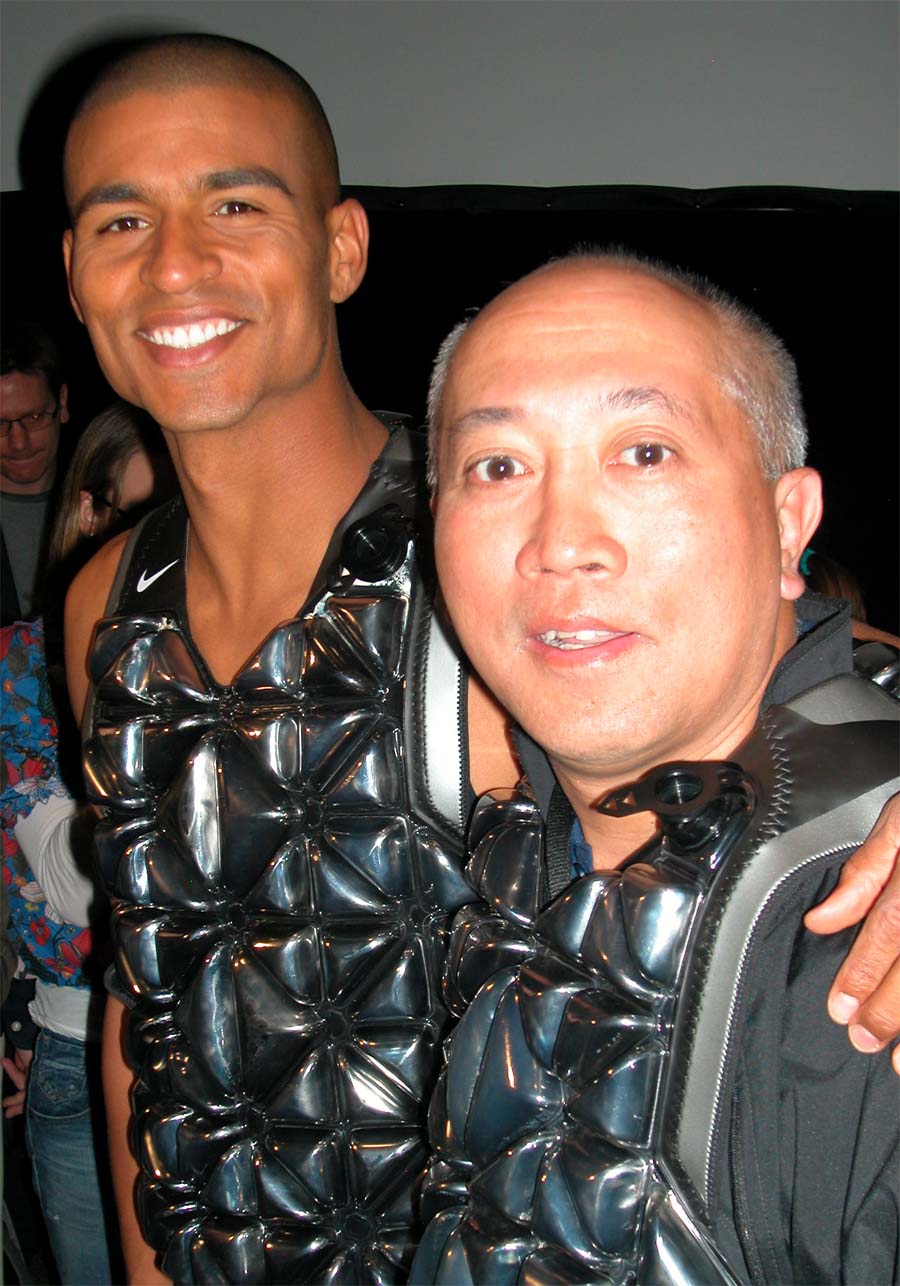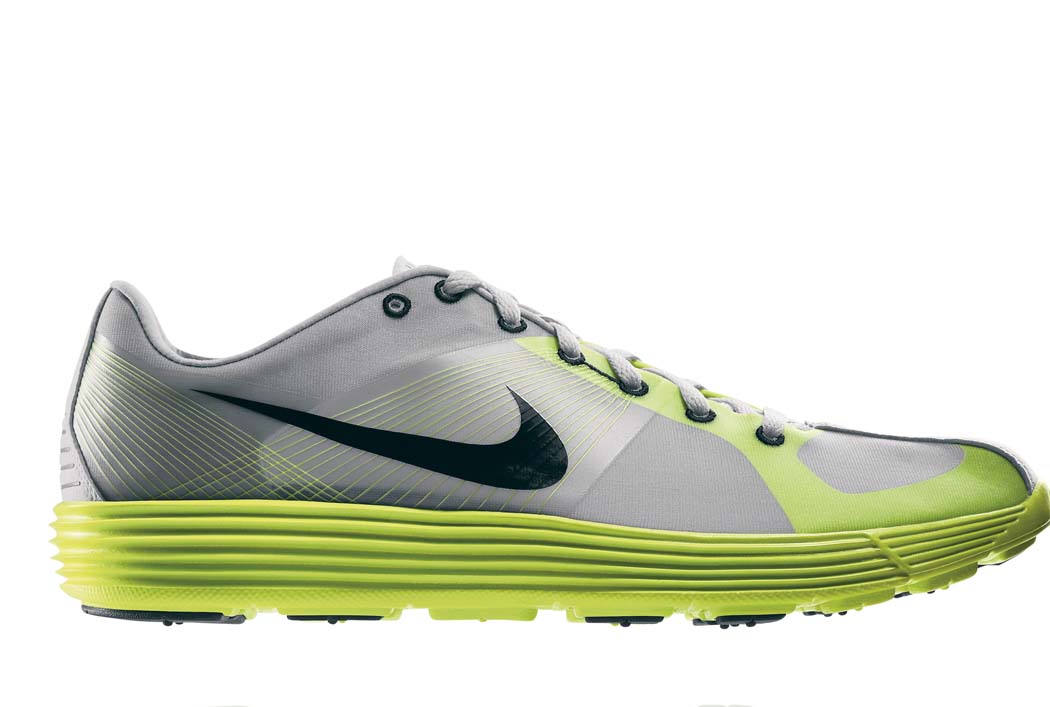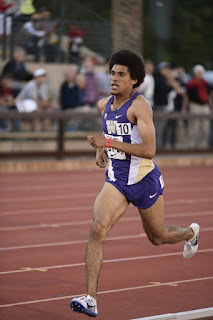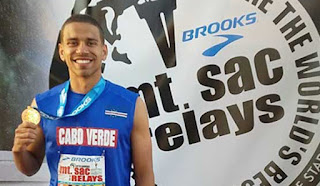Nike Beijing Summit (part one)...

Earlier this week, I was one of over 300 journalists from all over the world that converged on the Nike campus in Beaverton, Oregon for the Beijing Summit, where the company rolled out many of the products that you'll see the world's best athletes compete in at the Olympics this August.
To kick off the summit, Nike Beijing Olympic project manager Kris Aman spoke about the innovations that the company will feature in China, including shoes for ALL sports offered in the Olympics, including equestrian, taekwondo, archery, wushu, and BMX cycling, shoes that quite honestly are loss leaders for the company.
The big question asked frequently was why would a multi-billion dollar company invest money, and brain power on shoes that will never see the light of day at Foot Locker, Champs, Finish Line, JC Penney, or Nordstrom?
The answer, and a theme repeated by numerous Nike managers, is that the technology used to design shoes for the world's best athletes does trickle down to the average Joe/Jane Consumer!
A presentation by footwear designer Sean McDowell illustrates two of the biggest technologies that they learned from designing shoes for this summer's Olympians.
McDowell discussed Flywire technology, which is based on the principle of using high-strength threads to support the foot only in the areas necessary like cables on a suspension bridge. Flywire allowed Nike to make its lightest and strongest footwear ever, transforming how footwear is engineered by reducing the amount of material required for the upper of a shoe to the bare minimum. Thanks to this innovation, track spikes with Flywire are now under 100g – a weight never before achieved – without compromising on durability or integrity and support.
 Using materials developed by NASA to make balloons for the Lunar Rover, Nike will roll out a racing shoe at the US Olympic Team Trials-Women's Marathon in Boston on April 20th called the LunaRacer (left). It essentially is a lighter weight foam midsole material that is a next generation version of the ethyl vinyl acetate (EVA) foam that is the industry standard in athletic footwear. The LunaRacer and LunaRTrainer, which also incorporates Flywire technology (note the fine lines in the heel and arch areas near the swoosh), will debut in July, in time for the Olympic Trials in Eugene.
Using materials developed by NASA to make balloons for the Lunar Rover, Nike will roll out a racing shoe at the US Olympic Team Trials-Women's Marathon in Boston on April 20th called the LunaRacer (left). It essentially is a lighter weight foam midsole material that is a next generation version of the ethyl vinyl acetate (EVA) foam that is the industry standard in athletic footwear. The LunaRacer and LunaRTrainer, which also incorporates Flywire technology (note the fine lines in the heel and arch areas near the swoosh), will debut in July, in time for the Olympic Trials in Eugene.Nike also rolled out in the opening session a next-generation version of the cooling vest (I'm hanging out with one of the models wearing the vest--note the spout next to my shoulder where you can refill the vest--I'm thinking forget the water--how about beer!) that was a key factor in the medals earned by Meb Keflezighi (silver) and Deena Kastor (bronze) in the marathon at the 2004 Olympics in Athens. This next generation vest is significantly lighter (3.6 kilos vs. 4.6 kilos or almost 8 pounds vs almost 10 pounds), more flexible, better fitting and refillable—a tall order for a piece of equipment athletes like Meb and Deena (who is NOT a Nike athlete) have praised.
In part two (the tease)--Checking out Eugene's resurfaced track, and the Nike+ Sport Band...


Comments